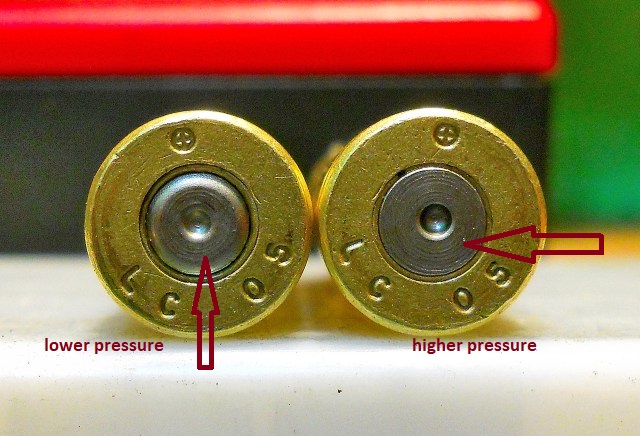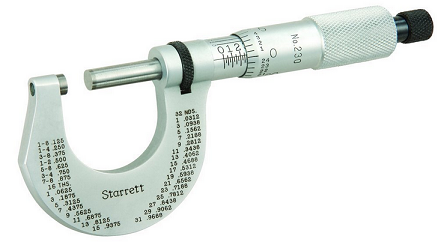
 |
Still mystified by Load Data . . .
Only been reloading about 6-7 years and I must say with some success and satisfaction in my work. Not without the handful of near death experiences . . . but all in all have become addicted to reloading. I am very fond of the .308 and have worked on loads for it more than the others. So I'm going to load for a ladder using Nosler Partitions for the first time. And here we go again with contradictory load data. Example. I like Alliant's RL 15. The gun likes it and have had very accurate load(s) with it. But I'm not aposed to trying something new.
So here's my dilemma . . . The Nosler load data shows a max load of 44 gr at a velocity of 2820. That's pretty hot! But the Alliant load data indicates their max load at 47 grains! And a velocity of 2812!! Both for 165 grain soft point bullets. Only 8 FPS faster with 3 grains more than Nosler! Doesn;t seem right. BTW . . . (I mostly use Lapua brass and reduce loads by 1.5 gr) So that would be 42.5 and 45.5 respectively. Still a big gap in max loads! I have noticed on average, powder manufacturers show higher data weights than bullet/independent load data's. So which one do you believe. I'm tempted to load some 47 grain loads just to see what they do. What signs, if any, of high pressure shows up. Coarse, i'd tie the gun down and pull the trigger remotely with a string! (lol). Are the powder makers just trying to sell more powder by publishing higher loads than others?! |
First off either you or I are a bit dyslexic. Re read your paragraph, the speeds and loads. Recheck your data.
There may be a small print asterisk for the length of the barrel the loads were tested in? I've noticed some pressure discrepancies before also, no idea how this is calculated. IMO no sense in loading max loads, my quickest for .308 is around 2750 fps (165 pointed boat tail IMR 4350), which seems to be the sweet spot for my most accurate rifle. If you are set on going faster, buy a magnum rifle. For hunting I use IMR 3031 at around 2600 fps If the brass gets significantly hard to eject that is a sign you've overdone it. If the primers bulge you have a problem. IMO flirting with disaster isn't what reloading is all about. I not only sort my brass by manufacturer I sort them by weight, empty and the finished product, Consistency is the goal. each round being as an exact clone of the last round as possible. Consistency has more to do with accuracy than speed does IMO. I'm sure there is a safety margin in the reloading data, max loads aren't exactly what the name implies. But why risk damaging your rifle, no real up side I can see. Velocity really doesn't equate to accuracy, there is usually a sweet spot well below max velocity, which may change from rifle to rifle. One of the most accurate rifles (out to 400 yards) I've ever seen fires Mauser 8X57 hard lead curved ogive (semi round) projectiles at velocities so slow the reloaded brass barely sealed in the chamber. Point is, what actually works may be contrary to what you expect. |
no 2 chambers are exactly alike, no 2 barrels are exactly alike, no 2 bullets have the exact same bearing surfaces, the exact same load will not make the same pressure or velocity in any 2 rifles.
and to top that off the safety buffer some manuals have for liability purposes are different. You can even find differences in different versions of the same manual. all a manual is is a reference to get you safely started, I always work up and find a max load for my rifle then back off to a safe level. RR |
Id also point out , its been my experience that bullet jacket alloys differ between manufacturers,
nosler bullets, (especially the older versions) and some other brands ,in my experience,tend to have a more rigid copper alloy jacket, that tends t induce more resistance to the bullet initial engagement into the rifling, this results in a slightly higher chamber pressure before the bullets moving down the barrel. a load using a speer or hornady bullet may give marginal pressure indicators, while the same case and powder charge with the nosler might read a bit more pressure if you use a micrometer to measure case head expansion, you can watch the difference in case head expansion, as you increase the powder charges a grain at a time while working up loads, if you don,t exceed factory ammo case head expansion in your rifle you,ll generally be fairly safe Id also watch primers for pressure indications  Stay well below the maximum charges listed in the manuals, and you'll be much safer without significant sacrifice in down-range performance. No micrometer is a reliable pressure gauge. but you certainly will see greater case head expansion over the factory ammo if you load to higher pressure levels so its a tool to keep you out of trouble   |
under pressure is just as likely to cause catastrophic failure as over pressure, and primers alone don't tell you much about pressures, if you have a flat primer alone you don't know what your shooting, (this came from a ballistic tech at Sierra) if for that firearm you have a flattened primer along with ejector wipes, chances are your over pressure, if you have case Head expansion over .001" you are definitely over pressure for that firearm loaded with those components.
RR |
Ridge Runner is correct. Lower pressures can cause a catastrophic failure. That is why manuals list a starting charge. Not a good idea to go below those. Also not a good idea to start at maximum either. I've found that the best accuracy in my rifles falls somewhere in between the starting and max charges.
|
just wish I was articulate enough on a keyboard to step by step explain the best quickest, cheapest way to find "THE" load in a rifle.
RR |
Originally Posted by Ridge Runner
(Post 4350500)
just wish I was articulate enough on a keyboard to step by step explain the best quickest, cheapest way to find "THE" load in a rifle.
RR |
| All times are GMT -8. The time now is 11:55 AM. |
Copyright © 2024 MH Sub I, LLC dba Internet Brands. All rights reserved. Use of this site indicates your consent to the Terms of Use.